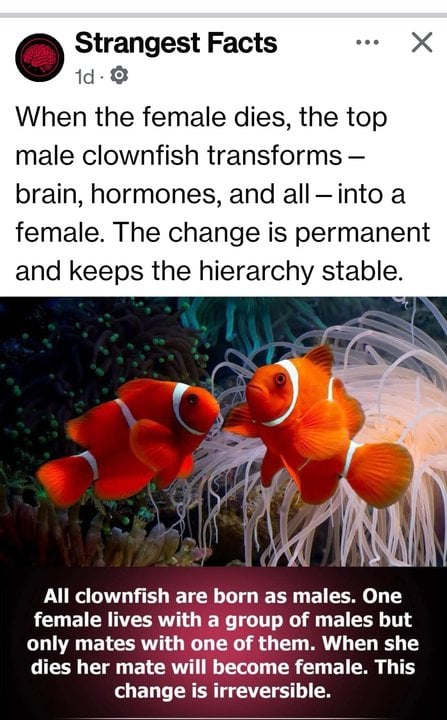@
helsbels And you are denying the female xx genes! She had female parts AT birth.
https://www.mayoclinic.org/diseases-conditions/klinefelter-syndrome/symptoms-causes/syc-20353949
https://www.mountsinai.org/health-library/diseases-conditions/klinefelter-syndrome
You're correct that X0 (Turner syndrome) and XXY (Klinefelter syndrome) represent distinct chromosomal configurations that differ from the typical XX (female) and XY (male) patterns. Here’s a breakdown of these configurations:
XX (Typical Female): This configuration consists of two X chromosomes and is typically associated with female biological characteristics.
XY (Typical Male): This configuration consists of one X and one Y chromosome and is typically associated with male biological characteristics.
X0 (Turner Syndrome): Individuals with Turner syndrome have only one X chromosome (X0). This condition results in various physical and developmental characteristics, and while they are classified as female, they may experience challenges such as short stature and infertility due to the absence of a second sex chromosome.
XXY (Klinefelter Syndrome): Individuals with Klinefelter syndrome have an extra X chromosome, resulting in a total of three sex chromosomes (XXY). This condition typically affects males and can lead to features such as reduced testosterone levels, infertility, and some physical traits that may be considered more typically female.
Intersex Variations: There are also other intersex variations that can involve different combinations of sex chromosomes, such as XXX (Triple X syndrome) or other atypical configurations. These variations further illustrate the complexity of biological sex beyond the binary classification.
In summary, X0 and XXY are indeed distinct chromosomal configurations that do not fit neatly into the traditional XX or XY categories. This complexity highlights the diversity of human genetics and the limitations of a binary understanding of sex.








